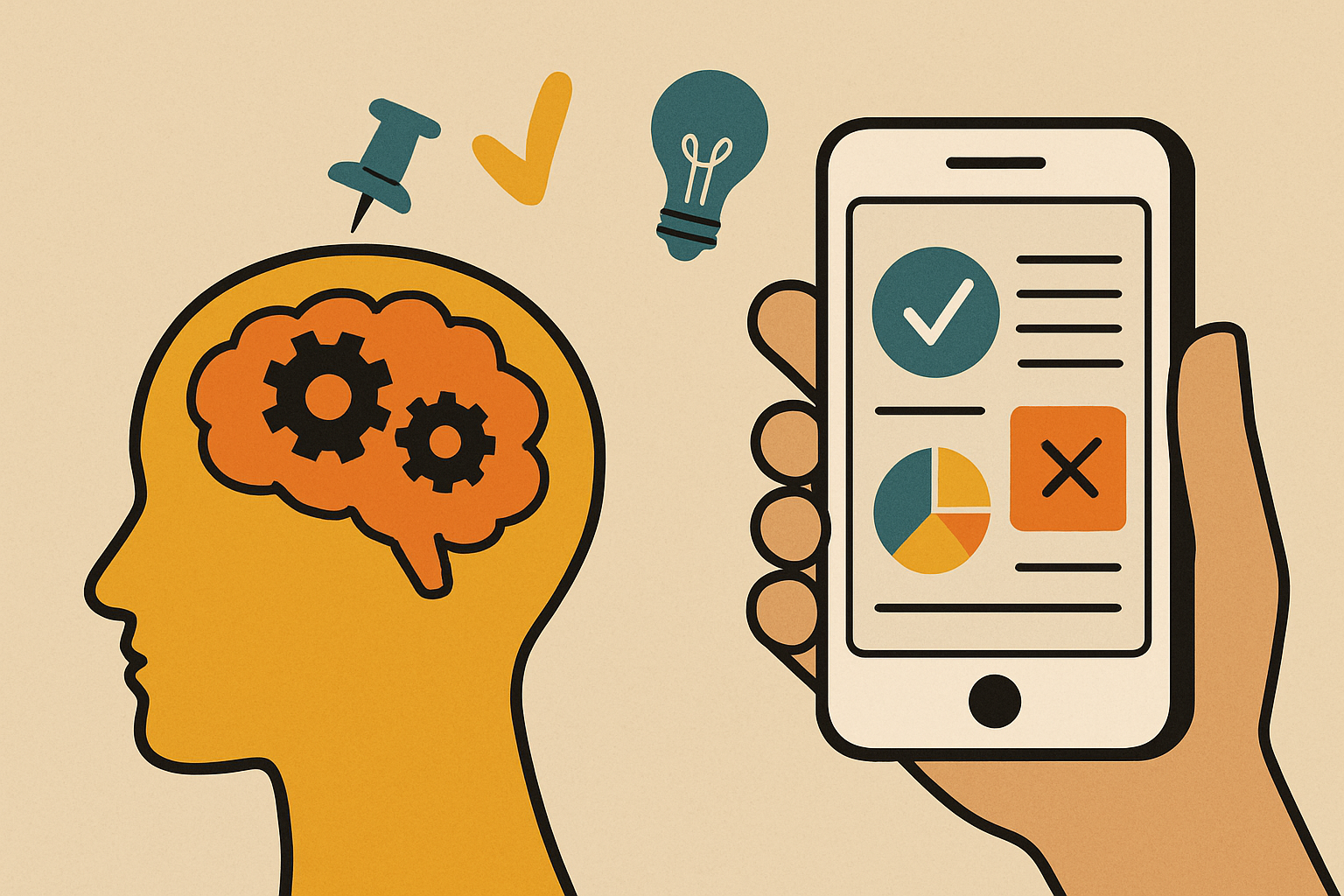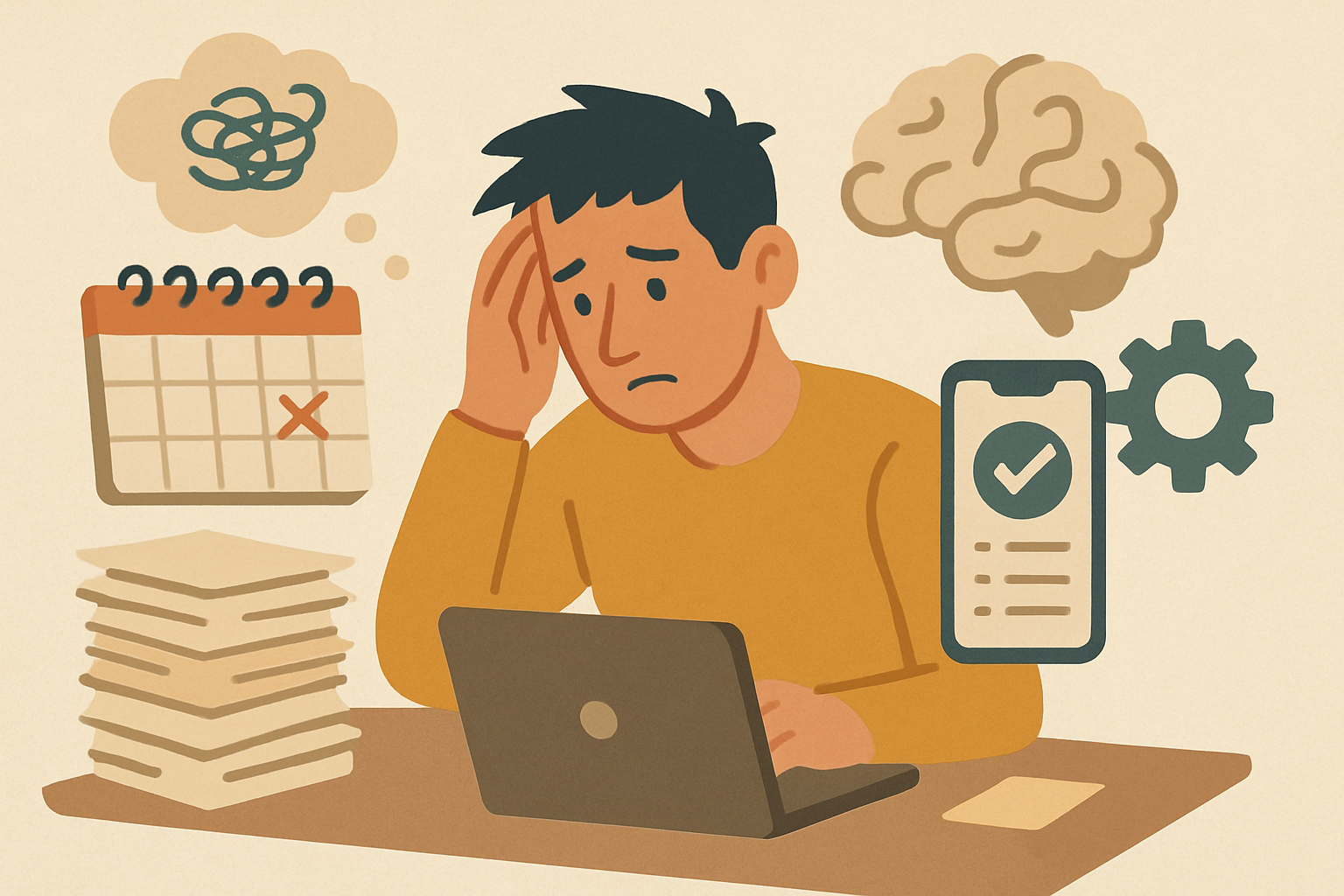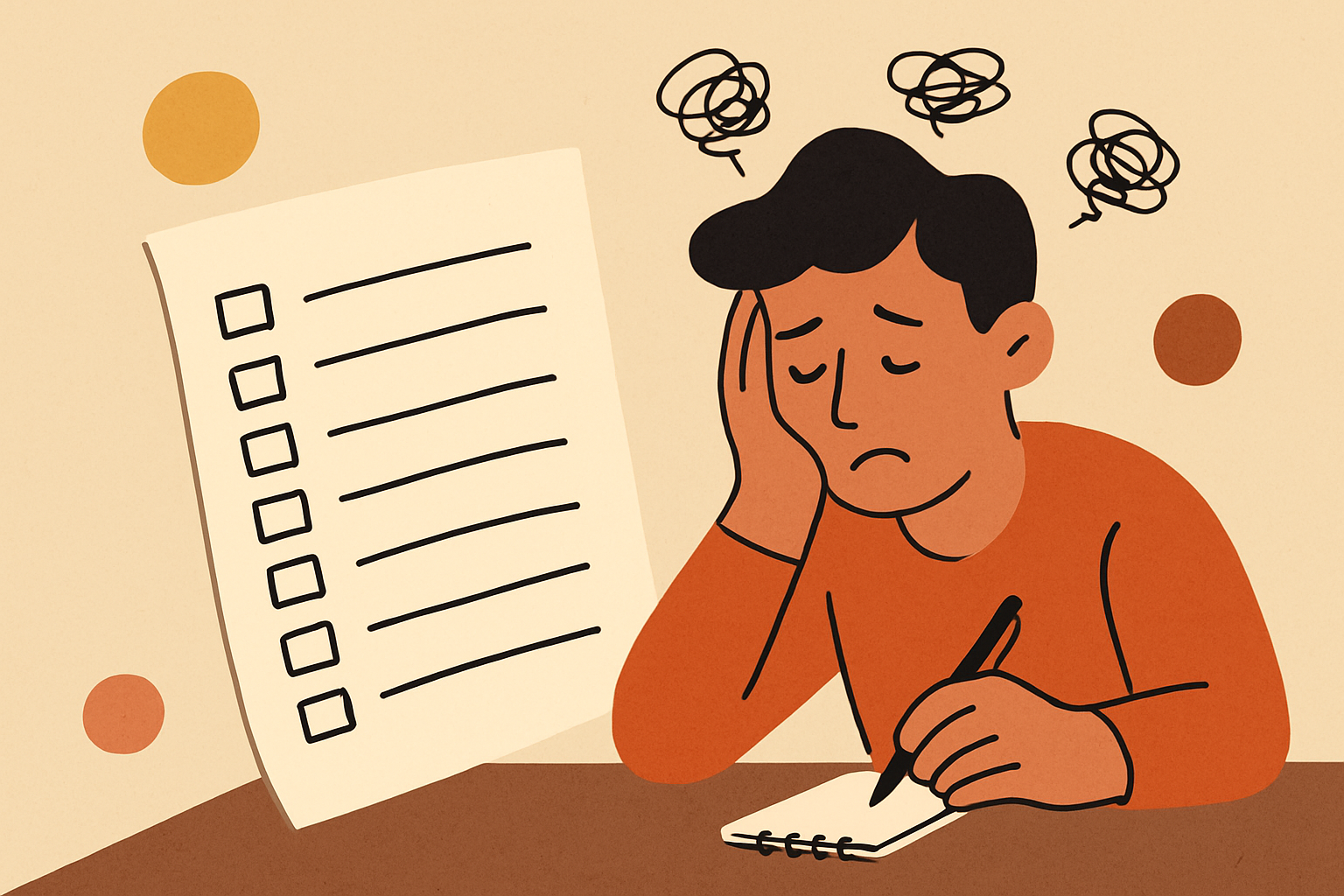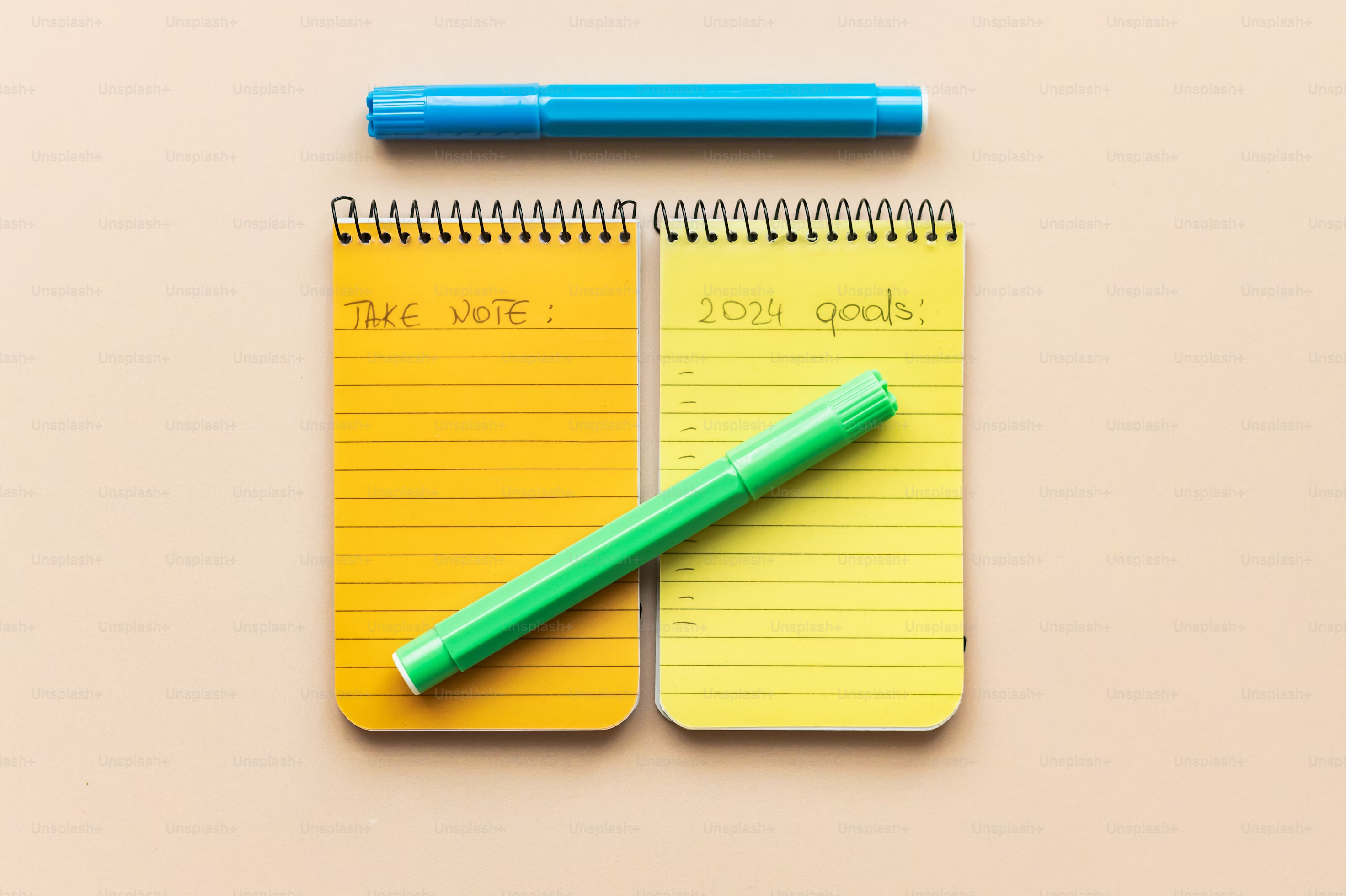Applying Dr. Hallowell's ADHD Principles to Productivity App Design
Discover how Dr. Edward Hallowell's ADHD insights can shape productivity app design. Learn to create tools that genuinely support neurodivergent minds, backed by data on ADHD-focused apps, time management, and innovative tech.

Applying Dr. Hallowell's ADHD Principles to Productivity App Design
For individuals with ADHD, the path to productivity often feels like navigating a maze built for someone else. Traditional systems, with their rigid structures and overwhelming options, can exacerbate challenges like initiating tasks, staying organized, maintaining focus, and dealing with 'stuff.' But what if productivity tools were designed with the neurodivergent brain in mind, not against it?
Enter Dr. Edward Hallowell, a leading expert on ADHD, known for his profoundly positive, strengths-based approach. Rather than focusing solely on deficits, Hallowell champions understanding ADHD as a unique wiring that comes with both challenges and significant gifts. This article dives into his core principles, backed by recent data and research, and demonstrates how they can be directly translated into productivity app features that truly support neurodivergent minds.
Understanding ADHD Through Hallowell's Lens: Beyond 'Deficits'
Dr. Hallowell views ADHD not as a disorder, but as a "difference in wiring." In his groundbreaking book "ADHD 2.0," co-authored with Dr. John Ratey, he introduces the concept of Variable Attention Stimulus Trait (VAST) to destigmatize the condition and highlight its context-dependent nature. From this lens, the common productivity challenges are not moral failings but inherent aspects of this cognitive style. The data confirms the real-world impact: one study found adults with ADHD spend 22% more time on unplanned activities and have a 31% higher rate of missed deadlines.
Dr. Hallowell's approach emphasizes building "external scaffolding" and finding interest or connection in tasks, rather than relying solely on willpower. This is a crucial shift for anyone struggling with traditional systems.
Generic productivity tools often make these challenges worse. Research on mobile health apps shows that usability is paramount, with over 61% of issues being catastrophic or major, leading to abandonment. For the ADHD brain, a high barrier to entry or a confusing interface can be a non-starter. The key is to design tools that provide the missing external structure while minimizing cognitive load.
To delve deeper into strategies for maintaining focus, you might find this video from Dr. Ned Hallowell insightful:
In his book "Driven to Distraction at Work," Hallowell offers practical advice for thriving in a professional environment, reinforcing the need for personalized strategies and supportive tools, a concept further explored on his website.
The Data-Driven Case for ADHD-Centric App Design
The need for tailored productivity apps isn't just anecdotal; it's supported by compelling data. The consequences of ineffective time management for those with ADHD can be significant, with research linking it to a 28% decrease in career advancement opportunities. This highlights a critical demand for better tools.
App developers are taking notice, and the market is responding. Industry data reveals that ADHD-focused apps achieve 25-40% higher 30-day retention rates compared to mainstream productivity tools. This success is attributed to "hyper-personalized behavioral scaffolding"—features designed to provide continuous, adaptive support. This trend points toward a future of even more innovative solutions, with research exploring the use of augmented reality and even socially assistive robots to provide real-time feedback and support for individuals with ADHD.
Translating Hallowell's Principles into App Design Features
For apps to genuinely help, they must embrace design principles that specifically address ADHD-related barriers. This means providing external support and actively reducing friction, a philosophy exemplified by a growing number of tools.
Principle 1: Reducing Friction for Effortless Capture & Initiation
One of the biggest hurdles for individuals with ADHD is getting started. Capturing fleeting thoughts before they disappear is a monumental task if the process is cumbersome. An effective app design tackles this "wall of awful" head-on.
App Feature Translation: Implement quick, low-effort input methods. This includes Quick Add options like voice memos or text fields that allow users to dump thoughts without rigid categorization. The app should then automatically process this input, turning raw ideas into actionable items without immediate manual effort.
Principle 2: Creating External Structure Without Overwhelm
Organization can feel impossible when managing "personal chaos." Hallowell emphasizes externalizing memory and planning. However, traditional folders and complex hierarchies often become another source of overwhelm.
App Feature Translation: Design simplified, flexible organizational systems. This could involve unified notes and tasks or automatic tagging based on content. Features that auto-extract tasks from unstructured notes are particularly powerful, turning a jumble of thoughts into a clear to-do list.
Principle 3: Supporting Focus, Flow, and Time Perception
Distraction is a constant battle. Aiding focus and managing "time blindness" are critical. Dr. Hallowell recommends strategies like setting "time boundaries" to manage hyperfocus. Apps can serve as the perfect external aid.
App Feature Translation: Integrate features that support focus and time management.
Visual Timers: Apps like Time Timer and Tiimo use visual cues to help users sense the passage of time, making abstract deadlines concrete.
Gamification: Tools like Habitica turn task completion into a role-playing game, providing the immediate rewards and dopamine hits that can be highly motivating for the ADHD brain.
Centralized Hubs: A centralized inbox that integrates with email and messaging reduces context switching and helps maintain focus on the task at hand.
Yaranga: A Practical Application of ADHD-Friendly Design
While tools like Tiimo and Habitica tackle specific challenges, Yaranga is a productivity ally that provides an integrated solution. Tailored for busy and neurodivergent minds, it's built on the very principles we've discussed, focusing on intelligent automation and ease of use.
Here's how Yaranga's core features embody Hallowell-inspired design:
Quick Add (voice/text, auto-transcription): This directly addresses the need for effortless capture. You can speak a voice memo on the go, and Yaranga handles the transcription and processing, reducing the "wall of awful."
Unified Notes & Tasks, Smart Tagging (no folders): Yaranga provides a single, unified space for notes and tasks. Its smart tagging system automatically organizes content, creating external structure without the overwhelm of manual filing.
Auto-Extraction of Tasks from Notes/Messages: This feature significantly reduces manual effort by automatically identifying and pulling tasks from your unstructured notes, turning potential chaos into clear to-dos.
Integrations (Email, WhatsApp, Telegram, etc.): By centralizing input from various sources, Yaranga minimizes context switching and helps maintain focus.
Smart Navigation & Highlighting: Yaranga helps you maintain focus by allowing you to quickly return to your last view. Important tasks can be highlighted, drawing your attention to what matters most.
Yaranga's "capture first, organize later" philosophy directly supports the ADHD cognitive style. By simplifying organization and automating key processes, it helps users manage their personal chaos effectively.
Here’s a quick overview of Yaranga’s pricing plans, demonstrating its accessibility:
Plan | Price | Key Features/Limits |
|---|---|---|
Free | $0 forever | Includes space for your first notes and projects, Task management essentials. |
Pro Plan | $5 per month | Unlimited notes, Unlimited projects, Advanced task management, Voice memos, Team collaboration, Mail/WhatsApp/Telegram integrations. |
For Early Adopters | $99 Lifetime Deal | All Pro features, plus the ability to vote on new features. |
Explore Yaranga's Features for Neurodivergent Productivity
Conclusion
Designing effective productivity tools for individuals with ADHD requires a shift from conventional wisdom to a data-informed, empathetic approach. Applying expert insights from Dr. Edward Hallowell—understanding ADHD as VAST and emphasizing external support—is crucial. The data is clear: apps built with features like visual timers, gamification, and low-friction capture don't just work; they retain users at a higher rate by making a profound difference in their daily lives.
An ecosystem of tools like Yaranga, Tiimo, and Habitica demonstrates a growing movement toward this new paradigm. Instead of forcing your unique brain to fit a generic system, seek out tools that work with your cognitive style, empowering you to thrive.
Ready to see these principles in action?




